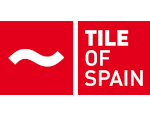Sustainable Ceramics
Buildings are responsible for 36% of total carbon emissions to the atmosphere
Urban construction accounts for around 60% of the world’s raw material extractions and its water consumption represents 12% of the total in developed areas, although in highly urbanized areas it reaches values of over 60%. In addition, the energy consumed by buildings accounts for 40% of total energy consumption in the European Union, 70% of which is used for heating or cooling.
This situation has given rise to a new way of building that respects the environment: sustainable construction, the aim of which is to ensure a balance between buildings and their surroundings, minimizing their environmental impact in order to guarantee the satisfaction of present generations without compromising the needs of future generations.
The Spanish ceramics industry has a very important role to play in sustainable construction. The natural characteristics of ceramics and the latest advances in its manufacture, as well as the innovative products and solutions developed, make this material an ideal component to contribute to the balance between building and the environment.
Sustainable construction is a building process that seeks to minimize environmental impact and enhance energy efficiency. This way of building carefully chooses materials, designs and processes in a bid to guarantee the satisfaction of present generations without compromising the needs of future generations.
But sustainable construction advocates not only a new way of building, but also the renovation of existing infrastructure and its adaptation to new needs. One of the solutions to achieve this involves applying current technical solutions to old buildings, such as new materials or insulation systems that improve their energy efficiency. In this sense, even public administrations have already launched special subsidies forrenovations that take into account energy efficiency criteria.
To help minimize the impacts of construction in both directions, the ceramics industry has been researching environmentally friendly production systems and innovative solutions to improve the habitability of buildings with sustainable criteria for more than ten years.
R+D+i
Sustainable Development
Carbon footprint reduction
- Waste heat recovery
- Substitution of more efficient burners in furnaces and the consequent reduction in gas consumption.
- High efficiency furnaces
- High efficiency cogeneration systems
- Use of natural gas (the cleanest fuel currently available)
Reuse of production process residues
Water consumption and management
The sector makes efficient use of water resources in order to minimize water consumption per square meter of product manufactured.
Eighty percent of raw water consumption is for use in atomizers, in which process it evaporates almost completely. The other 20% of water consumption is part of a closed cycle in the production process, in which all wastewater is recycled and reused. This means that the wastewater discharge in the ceramic tile production process is equal to zero.
Environmental Product Declaration (EPD)
Production process
Coating Comparison Results
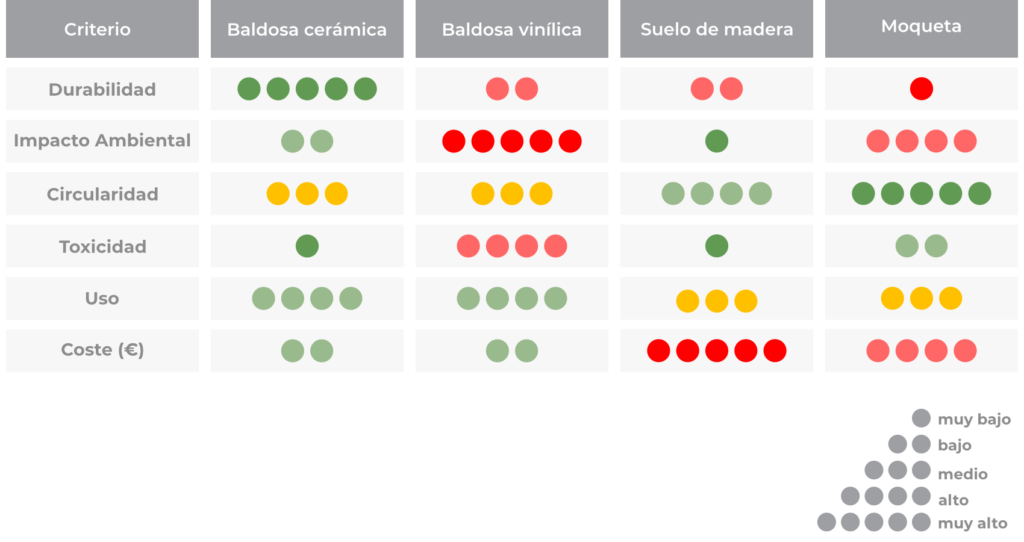
Alignment of the Spanish ceramics industry with the UN 2030 Agenda
Health and wellness
Material naturally free of toxic substance emissions. It does not transmit odors and its impermeable and innocuous character makes it more hygienic, anti-allergic and aseptic.
Clean water and sanitation
Water resources used as raw material, coolant and cleaning agent in the ceramic tile manufacturing process. 100% of the wastewater is reused, reaching "zero discharge".
Affordable and non-polluting energy
Natural gas used as the main fuel in the production process, coupled with high-efficiency cogeneration of energy, resulting in the reduction of global greenhouse gas emissions.
Decent work and economic growth
The sector has almost 90% of its workforce with permanent employment contracts and low temporary employment. For each direct job generated, 2.8 additional jobs are contributed to the Spanish economy.
Industry, Innovation and Infrastructure
Commitment to technology and the implementation of R&D&I-based projects, in addition to the constant investment in sectoral projects promoted by specialized institutions.
Responsible production and consumption
Reintroduction of nearly 100% of the waste generated in the manufacturing process, enabling the recovery of the remaining waste and reducing the need for virgin raw material. Its durability and long life cycle avoids replacements and unnecessary consumption.
Climate action
Material naturally free of toxic substance emissions. It does not transmit odors and its impermeable and innocuous character makes it more hygienic, anti-allergic and aseptic.
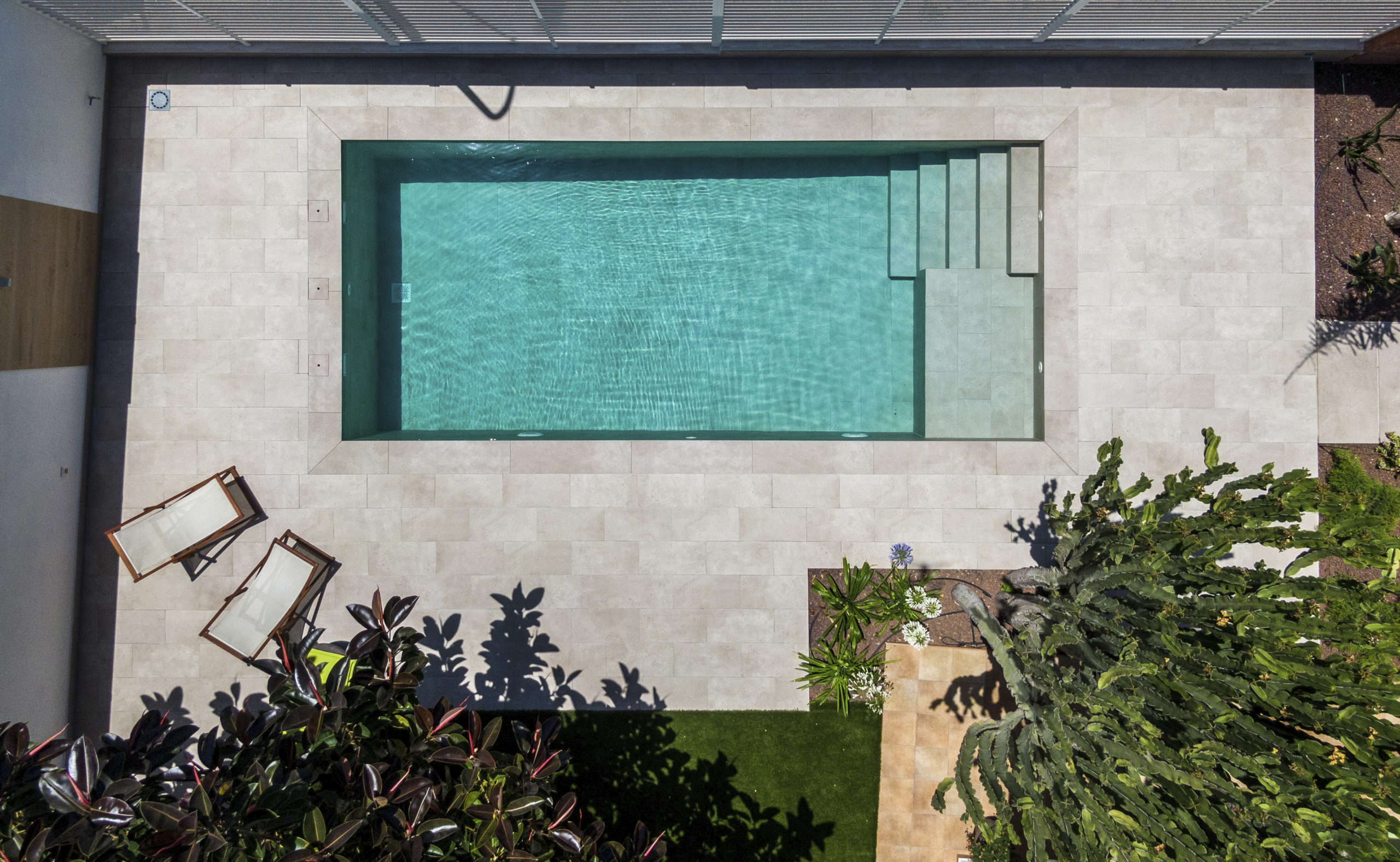
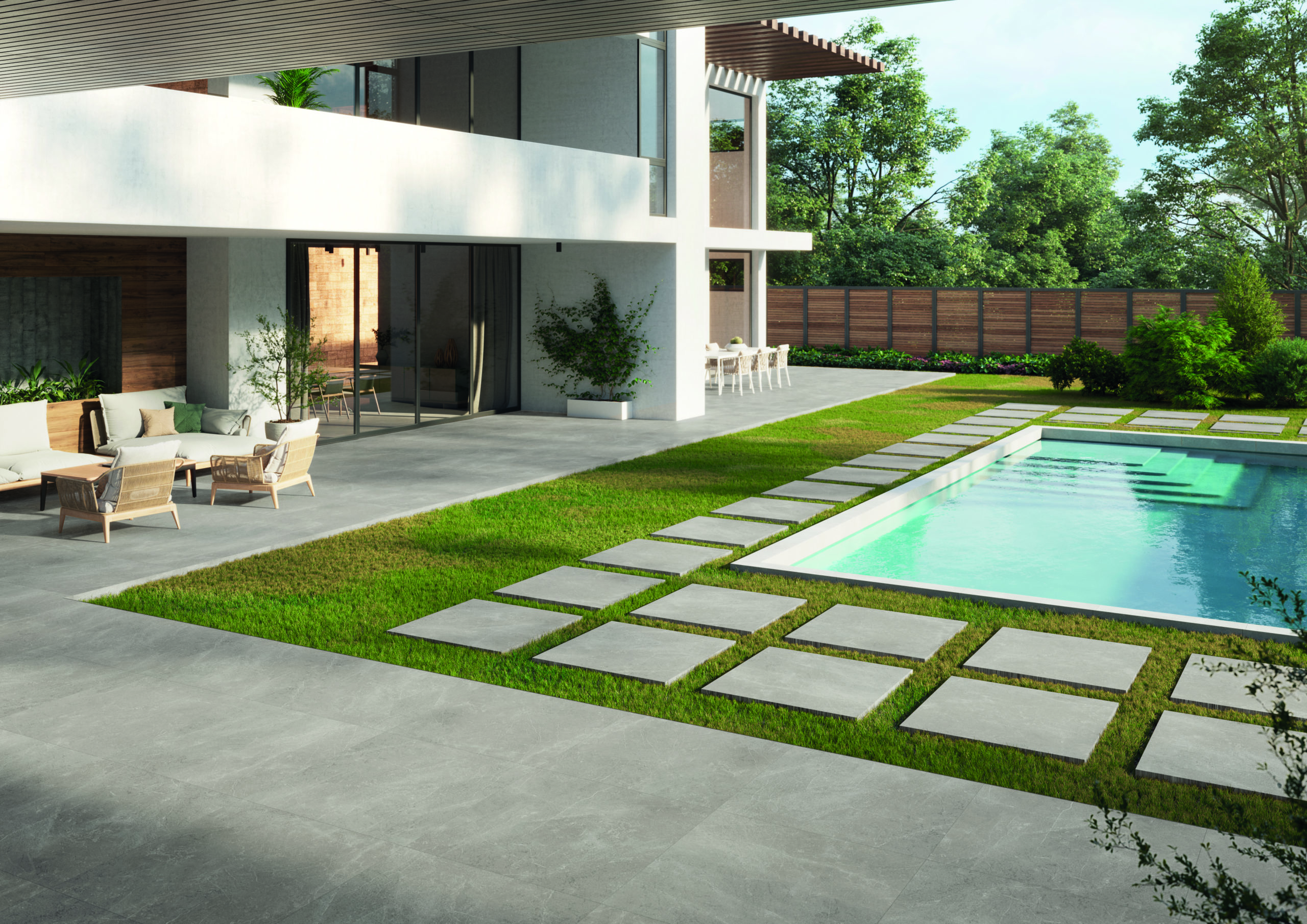
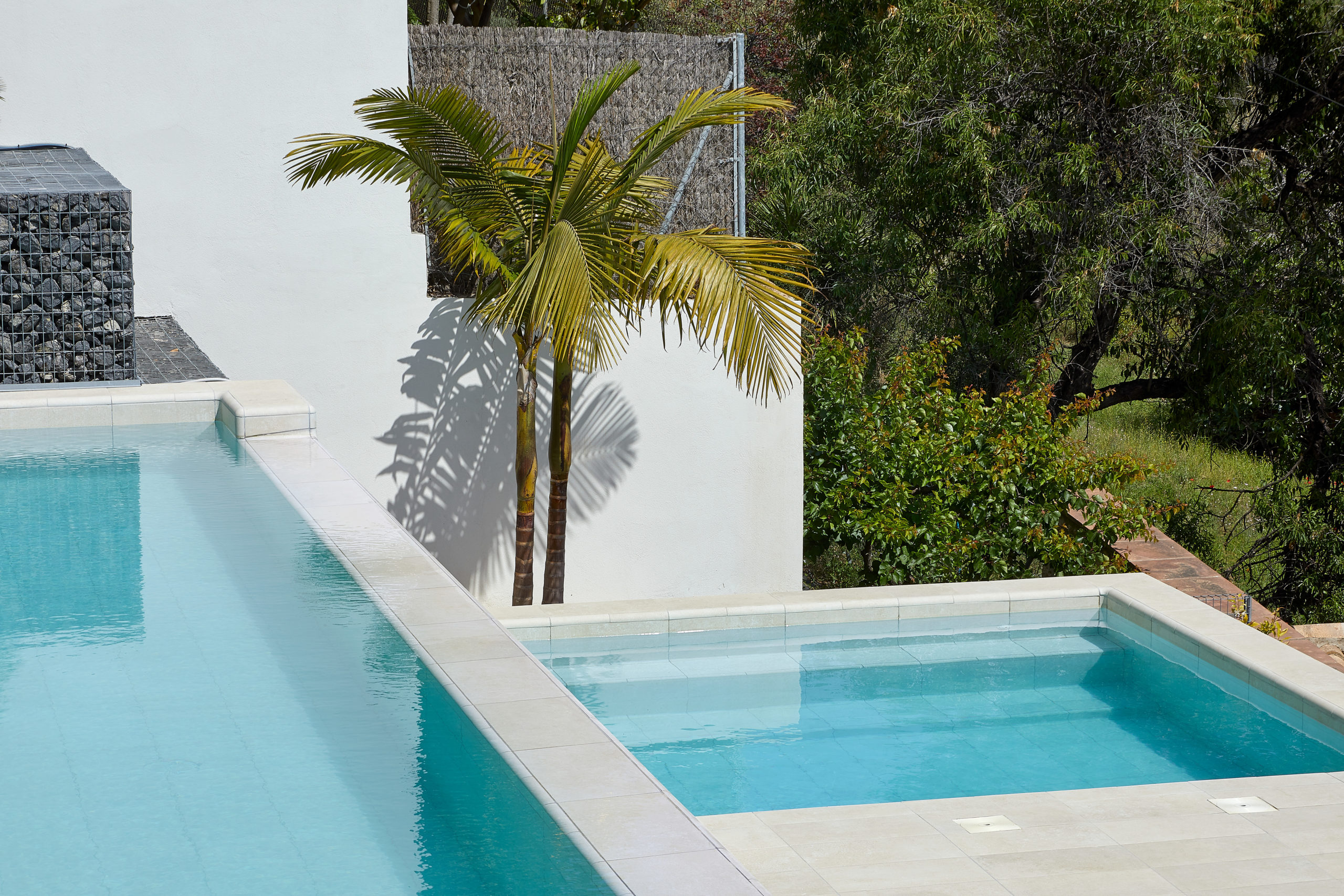
Life Cycle Analysis of the ceramic tile sectoral life cycle
An eco-sustainable material from "cradle to grave"
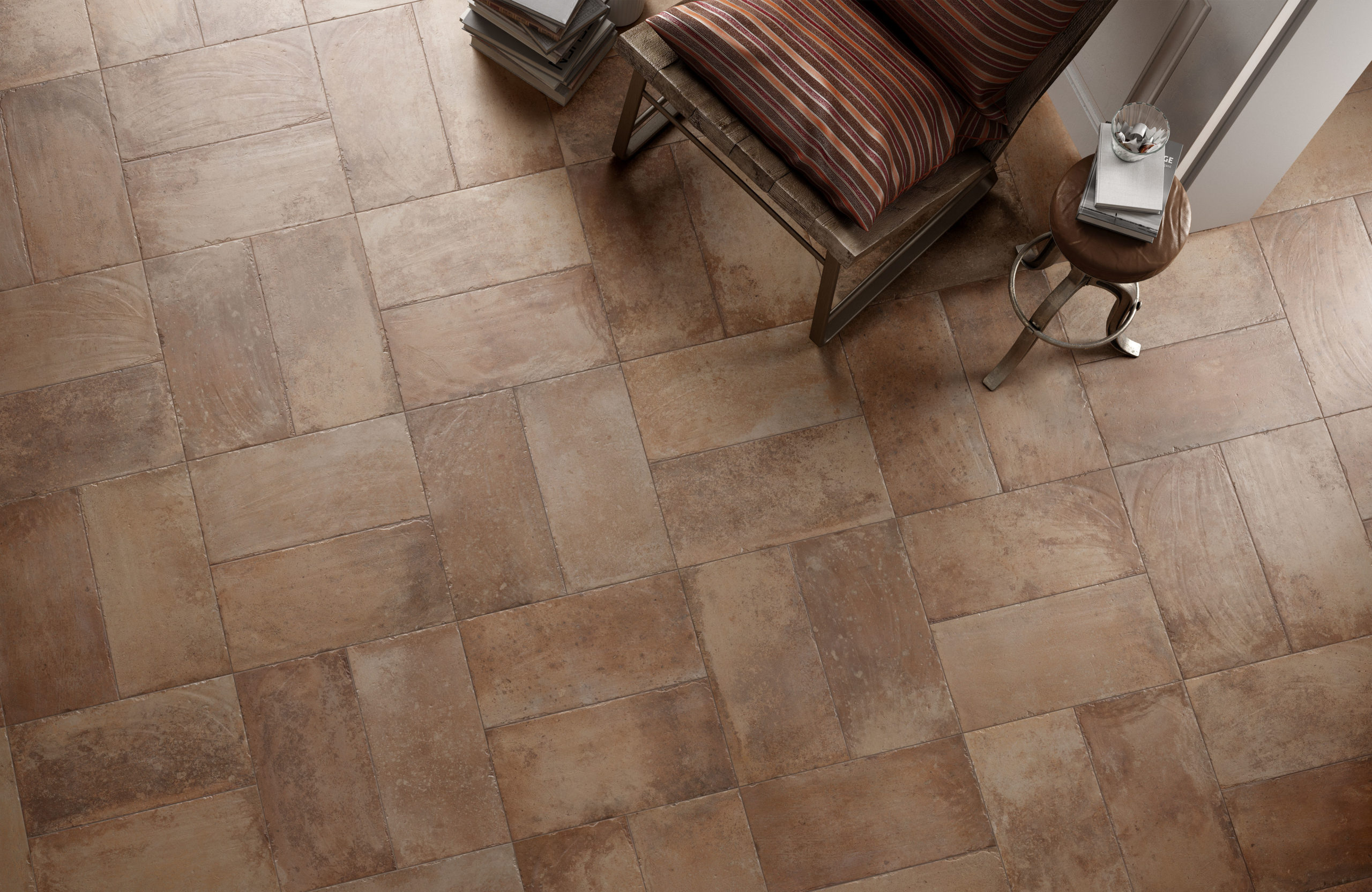

With this initiative, the industry aims, in addition to offering real and transparent information on ceramics and their impact on the environment, to show the advantages of their use in building to achieve a more sustainable habitat.
One of the essential actions to improve the sustainability of a product is to study its environmental profile throughout its life cycle as a whole. It is possible to say that a product is more environmentally friendly when throughout its life cycle it consumes its raw materials efficiently, has a limited environmental impact, is functionally suitable for its use, is not harmful during the use phase, and does not generate environmental impacts during its disposal or recovery after its useful life.
In addition, sustainability and the reduction of environmental impacts associated with the construction sector must be considered throughout the life cycle of the building, from the extraction of the raw materials that compose it, to the demolition and waste management phases.
Only in this way will it be possible to evaluate different construction options that, with the same functionality, manage to reduce environmental burdens. This approach must be a basic requirement for the transformation and innovation associated with this sector.
The preparation of the ceramic tile LCA has made it possible for the Spanish ceramic sector to be a pioneer in obtaining the first Environmental Product Declarations (EPD). Environmental Product Declarations are type III environmental labels, in accordance with ISO 14020, which provide information on the environmental impacts of a product throughout its life cycle.
This certification system is currently voluntary, but it can become a very important element in favoring the competitiveness of companies or sectors in the face of competition from other countries, as well as facilitating entry into other international markets with a higher level of sensitivity.
Industry commitment to sustainability
Achieved world's best energy efficiency ratio in the sector
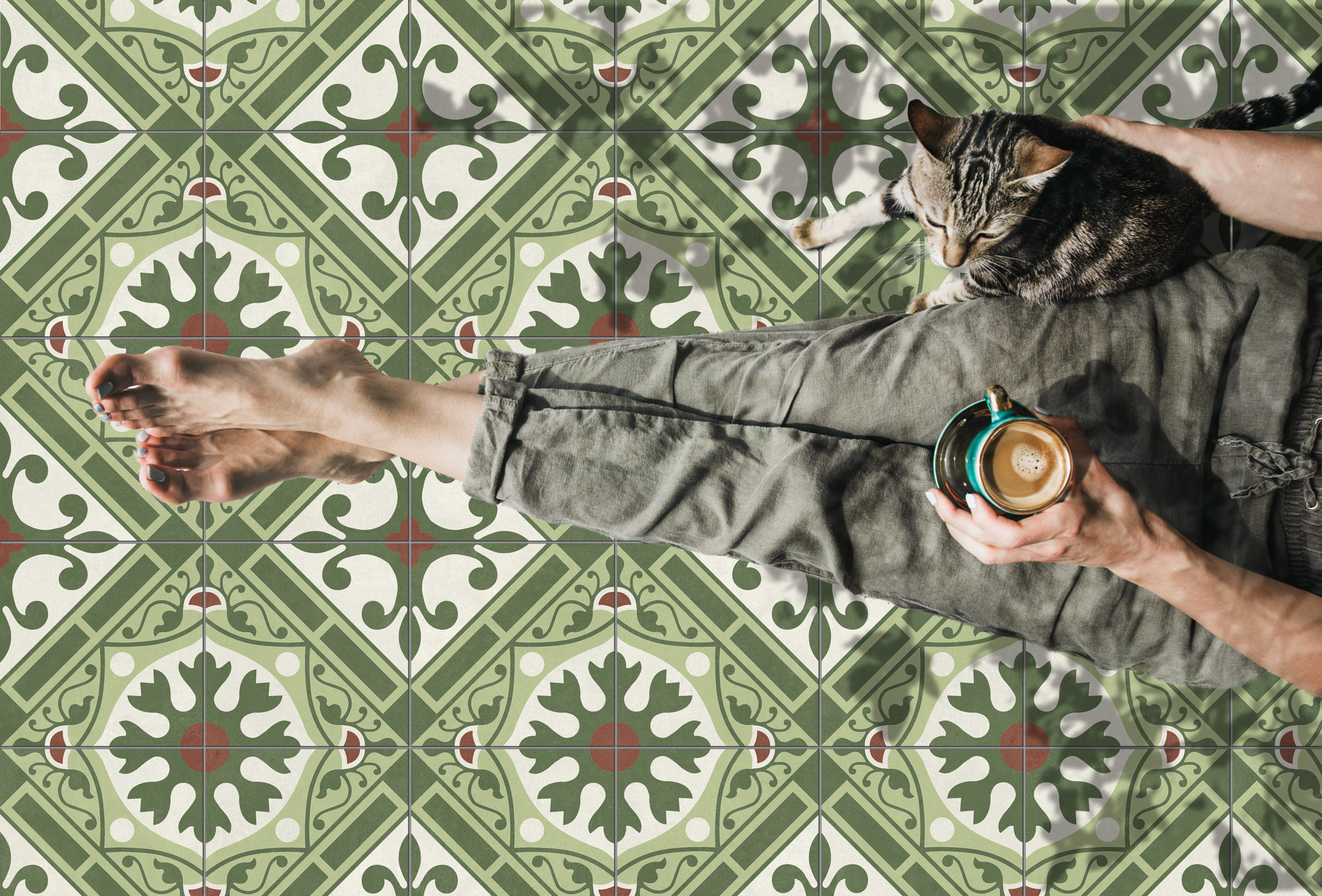
In fact, Spain and Italy are, as a whole, the leading countries in terms of energy efficiency in ceramic manufacturing, at a great distance from the rest of the European Union countries. Specifically, the Spanish ceramic tile industry has a ratio of water consumption per square meter produced that is well below the optimum of the rest of European industry.
This water consumption has been drastically reduced thanks to the development of reuse techniques – sludge and aqueous suspensions– that replace the water previously required in the manufacturing process, achieving the almost complete elimination of discharges into our waters. This improvement also implies a reduction in the investment in municipal infrastructures that would be necessary to manage discharges, thus contributing to the overall sustainability of the system.
The ceramic manufacturing process is based on subjecting raw materials to pressure and heat. The incorporation of cleaner energies into the process, such as natural gas, and alternative methods for obtaining them, such as cogeneration – introduced by the ceramics industry years ago – have also contributed to greatly optimizing the sustainability of the process.
